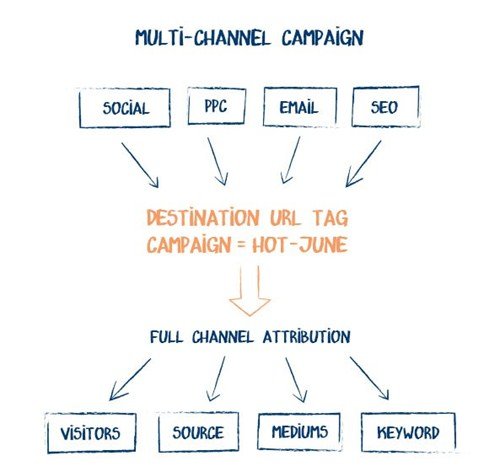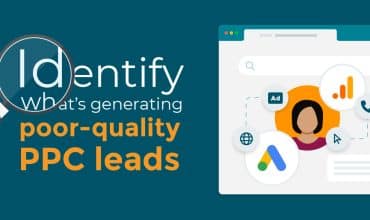Smarter analytics: Ad tagging
Marketers have increasingly more opportunities to create advertising campaigns that leverage different channels at any one time: Product launches, promotions, sales, multivariate tests… the list is endless.
You need flexibility to track phone call response from these campaigns – both independently and collectively – and it needs to be simple, quick and accurate.
Your call tracking solution needs to be able to automatically pick up and track your various advertising campaigns without having to be constantly re-configured.
That’s where Mediahawk’s ad tagging feature comes in. You decide how to segment your response and apply your own tags to your campaign’s inbound web sources. Mediahawk’s reporting will capture and analyse your campaigns exactly how you have defined your tags.
Here we explain how you can set-up and start using ad tagging and call tracking to produce better, more flexible, analytics with much deeper insight into your campaigns.
A multi-channel, multi-campaign approach
Let’s say you have a multi-channel campaign for a June promotion. Each advert could land on any one of a group of pages on your website. Your challenge is bringing all response from all your marketing channels together – and analysing just that one campaign or several.
Fortunately ad tagging and call tracking combine to solve this problem. Suppose your multi-channel campaign looks like this:
By tagging the destination URLs on the ads – or the links from these sources – as you create them, you can immediately understand the effectiveness of each campaign in producing telephone enquiries.
The set-up is remarkably simple. In fact there are only two steps:
1. Add destination URL tags to your ads or referring links. This could look like www.website.com?campaign=HOT-JUNE. The image below shows the tag on a Google AdWords ad:
2. Identify the tag on your Mediahawk account:
That’s it. Once set-up, Mediahawk will pick up every tag that you have identified and allow you to report against it. Every website interaction and subsequent telephone call where the visitor lands on the website with the tag “campaign=HOT-JUNE” will be tracked and analysed independently.
You now have some terrific options to strengthen your campaign analysis.
Use Google ValueTrack to get better insights
Google ValueTrack adds tag values automatically to your landing pages. These tags could be the ad group, the source network, the device type – even the ad position.
You can report on the call performance of these tags in Mediahawk and gain a better understanding of what drives your telephone response.
For example, by adding ‘adposition’ to your destination URL (e.g. https://www.website.com?adposition={adposition}) you can analyse your inbound calls by the position and rank of each specific ad in Google that generated a response.
Ad tagging and A/B testing
As you can see, tagging is a great way to analyse campaign response. It’s also a great way to test copy, creative or calls-to-action.
If, for example, you are trialling two different ad creatives, assigning a different value to a tag enables you to track the telephone calls against each advert to see which performs better.
Don’t stop there
This blog only scratches the surface of what you can achieve using ad tagging with call tracking.
Tagging allows you to control how you analyse your phone response by simply appending a tag to the destination URLs used to send traffic to your web pages.
For more information and to get started, get in touch.






